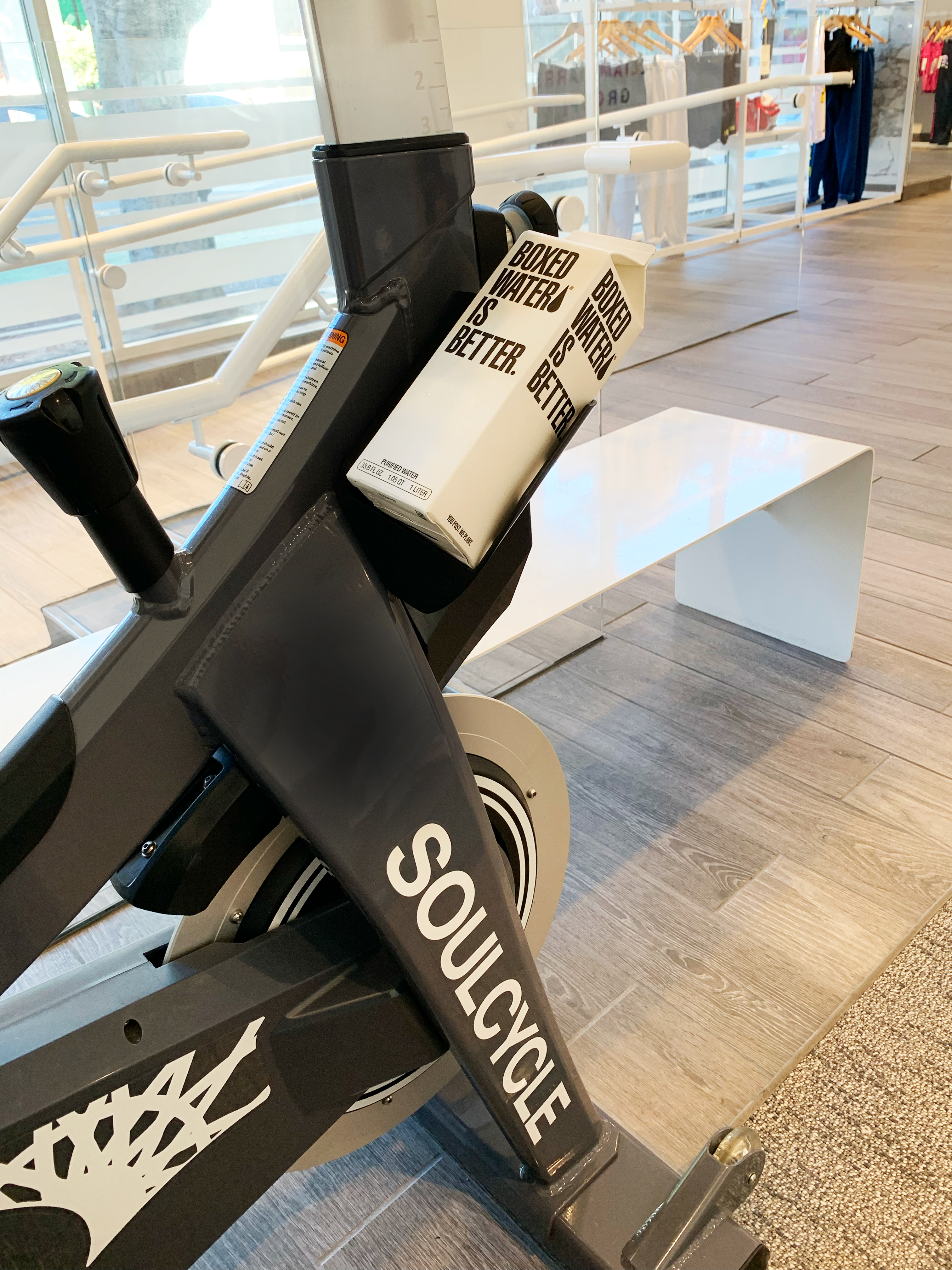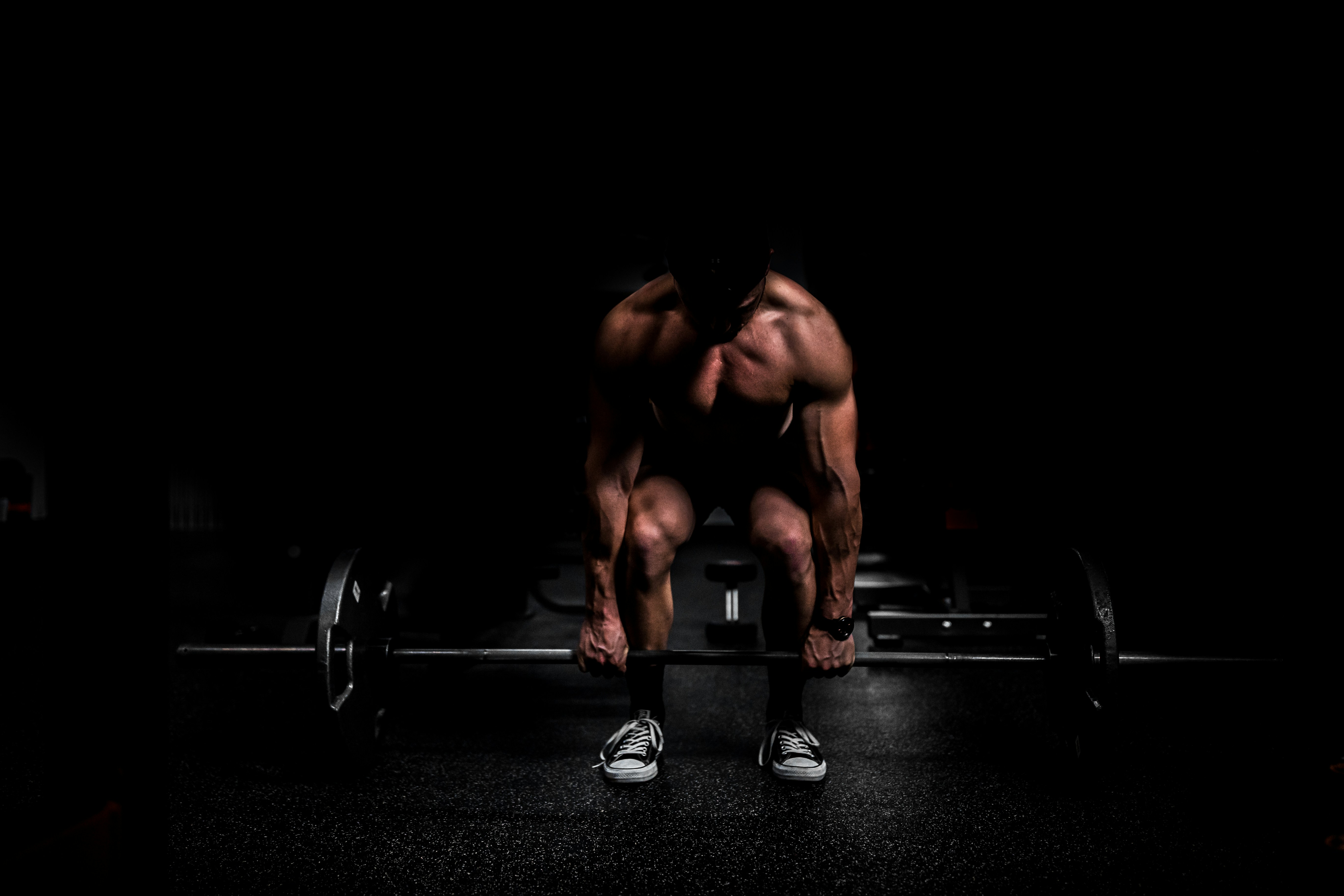Are you tired of searching for the ultimate fitness goal: losing fat and building muscle at the same time? Well, look no further because we have all the answers you need. In this article, we will explore the possibility of achieving these two seemingly contradictory objectives simultaneously. Many believe that it’s impossible to shed fat while gaining muscle mass, but we are here to challenge that notion. Get ready to discover the truth behind this fitness conundrum and find out if it’s truly achievable.
What is Fat Loss and Muscle Building?
Definition of Fat Loss
Fat loss, also known as weight loss, refers to the process of reducing body fat while maintaining or increasing muscle mass. It involves creating a calorie deficit, where the body burns more calories than it consumes, leading to the utilization of stored fat for energy.
Definition of Muscle Building
Muscle building, also known as muscle gain or hypertrophy, refers to the process of increasing the size and strength of skeletal muscles. It involves stimulating muscle fibers through resistance training and providing adequate nutrition to support muscle growth.
Key Differences between Fat Loss and Muscle Building
While both fat loss and muscle building involve changes in body composition, there are key differences between the two processes.
Fat loss primarily focuses on reducing body fat by creating a calorie deficit and increasing energy expenditure through exercise. The goal is to shed excess fat while preserving muscle mass. On the other hand, muscle building aims to increase muscle size and strength by engaging in resistance training and providing the body with sufficient calories and protein to support muscle growth.
Fat loss often requires a caloric deficit, meaning you need to consume fewer calories than you burn. In contrast, muscle building typically requires a caloric surplus, where you consume more calories than you burn, to provide the necessary energy and nutrients for muscle growth.
The Challenges of Simultaneous Fat Loss and Muscle Building
Energy Balance and Caloric Deficit
One of the main challenges in simultaneous fat loss and muscle building is achieving the right energy balance. While muscle building requires a caloric surplus to support muscle growth, fat loss requires a caloric deficit to promote fat burning.
Finding the optimal balance between the two goals is crucial. It’s important to create a moderate caloric deficit that allows for fat loss without sacrificing muscle mass. This can be achieved by adjusting your calorie intake and closely monitoring your progress.
Protein Synthesis and Muscle Growth
Protein synthesis, the process by which the body builds and repairs muscle tissue, is essential for muscle growth. To support muscle building while losing fat, it’s vital to consume an adequate amount of protein.
Protein intake should be spread throughout the day to optimize muscle protein synthesis. Aim for a protein intake of around 1.6-2.2 grams per kilogram of body weight per day, depending on your individual needs and goals.
Hormonal Factors and Body Composition
Hormonal factors can also influence the simultaneous process of fat loss and muscle building. Certain hormones, such as testosterone and growth hormone, play important roles in muscle growth and fat burning.
Optimizing hormone levels through proper nutrition, exercise, and adequate rest is key. Resistance training and high-intensity exercise can stimulate the release of anabolic hormones, supporting muscle growth.
Individual Variations and Genetics
Individual variations and genetics play a significant role in the body’s response to fat loss and muscle building. Some individuals may find it easier to lose fat and build muscle simultaneously, while others may struggle to achieve both goals at the same time.
Genetic factors can influence metabolism, hormone levels, and body composition. It’s important to understand that everyone’s body is unique, and results may vary based on individual factors.
Training Approach and Adaptations
The training approach you choose can greatly impact your ability to achieve simultaneous fat loss and muscle building. Both resistance training and cardiovascular exercise are important components.
Resistance training, such as weightlifting, stimulates muscle growth and strength. Incorporate compound exercises that target multiple muscle groups and focus on progressive overload, gradually increasing the intensity and challenge of your workouts.
Cardiovascular exercise, such as running or cycling, can enhance fat burning and improve cardiovascular health. Include both high-intensity interval training (HIIT) and low-intensity steady-state (LISS) cardio to optimize fat loss and muscle preservation.
Strategies for Simultaneous Fat Loss and Muscle Building
1. Diet and Nutrition
– Caloric Intake and Macronutrient Balance
To achieve simultaneous fat loss and muscle building, it’s important to calculate and monitor your caloric intake. Aim for a moderate caloric deficit by reducing your daily calorie intake slightly below maintenance level.
Additionally, pay attention to macronutrient balance. Consume an adequate amount of protein to support muscle growth, prioritize complex carbohydrates for sustained energy, and include healthy fats in your diet.
– Protein Consumption and Muscle Maintenance
Protein is crucial for maintaining and building muscle while losing fat. Ensure you consume enough high-quality protein sources such as lean meats, fish, eggs, dairy products, legumes, and plant-based proteins.
– Meal Timing and Frequency
Consider spreading your meals throughout the day to optimize muscle protein synthesis and energy levels. Aim to consume protein-rich meals or snacks every 3-4 hours to support muscle growth and recovery.
– Nutrient Timing and Pre-/Post-Workout Nutrition
Timing your nutrient intake around your workouts can enhance performance and recovery. Consume a balanced meal or snack containing both protein and carbohydrates before and after your workouts to maximize muscle building and replenish energy stores.
– Supplement Considerations
While not necessary, certain supplements can support fat loss and muscle building efforts. Consider incorporating protein powders, creatine, and branched-chain amino acids (BCAAs) into your supplement regimen, following proper usage guidelines.
2. Resistance Training
– Resistance Training Principles
Implementing an effective resistance training program is crucial for simultaneous fat loss and muscle building. Focus on compound exercises such as squats, deadlifts, bench presses, and overhead presses, as they engage multiple muscle groups.
– Progressive Overload and Muscle Stimulation
To promote muscle growth, gradually increase the intensity and challenge of your workouts. This can be achieved through progressive overload, which involves increasing weight, reps, or sets over time.
– Compound Movements and Multiple Muscle Groups
Incorporating compound movements that target multiple muscle groups allows you to maximize your workout efficiency and stimulate muscle growth effectively.
– Volume and Intensity
Balance the volume and intensity of your resistance training sessions. Strive for an optimal balance between high-intensity workouts, which promote muscle growth, and lower-intensity workouts, which aid in recovery.
– Exercise Selection and Variation
Include a variety of exercises in your training routine to challenge your muscles from different angles and prevent plateaus. Mix up your exercises regularly to maintain motivation and continue making progress.
– Recovery and Rest Periods
Allowing sufficient time for recovery is vital for muscle growth. Adequate rest periods between sets and proper sleep can enhance muscle repair and growth. Avoid overtraining by providing your body with ample recovery time.
3. Cardiovascular Exercise
– Cardiovascular Health and Overall Fitness
Incorporating cardiovascular exercise into your routine is important for overall health and fitness. It helps improve cardiovascular health, endurance, and stamina.
– Energy Expenditure and Fat Loss
Cardiovascular exercise can contribute to energy expenditure and aid in fat loss when combined with a calorie deficit. Engaging in cardio sessions can increase calorie burning and support your fat loss goals.
– Timing and Duration
The timing and duration of your cardiovascular workouts can impact your results. Consider performing cardio either in the morning on an empty stomach to maximize fat burning or after resistance training to take advantage of increased post-workout metabolism.
– HIIT vs. LISS Training
Both high-intensity interval training (HIIT) and low-intensity steady-state (LISS) cardio have their benefits. HIIT sessions are shorter and more intense, stimulating greater fat burning, while LISS sessions are longer, providing an opportunity for low-impact cardio and active recovery.
– Integration with Resistance Training
Find a balance between cardiovascular exercise and resistance training to achieve simultaneous fat loss and muscle building. Consider incorporating cardio on separate days or alternating between cardio and resistance training sessions.
4. Rest and Recovery
– Importance of Rest Days
Rest days are essential for muscle repair and growth. Incorporate scheduled rest days throughout your training week to allow your muscles to recover and adapt.
– Sleep Quality and Muscle Repair
Quality sleep plays a vital role in muscle repair and growth. Aim for 7-9 hours of uninterrupted sleep each night to support optimal recovery and hormone regulation.
– Stress Management and Hormonal Balance
Chronic stress can negatively impact overall health and hinder muscle growth. Implement stress management techniques such as meditation, yoga, or deep breathing exercises to promote hormonal balance and improve recovery.
– Active Recovery Techniques
In addition to scheduled rest days, engaging in active recovery techniques can aid in muscle recovery. Activities such as yoga, light stretching, foam rolling, and massage can help alleviate muscle soreness and improve flexibility.
5. Tracking and Monitoring Progress
– Body Measurements and Body Fat Percentage
Monitoring your body measurements and body fat percentage can provide valuable insights into fat loss and muscle gain progress. Regularly measure your waist circumference, hip circumference, and track changes in body composition.
– Strength and Performance Metrics
Tracking your strength and performance metrics is crucial for assessing muscle building progress. Record your lifts, repetitions, and sets, and strive for progressive improvements over time.
– Visual Changes and Progress Photos
Taking progress photos can help you visually track changes in your physique. Comparing before and after photos can provide motivation and evidence of your progress.
– Adjustments Based on Feedback
Continuously assess and adjust your approach based on feedback from your body. If progress stalls or you’re not seeing the desired results, modify your diet, training, or recovery strategies accordingly.
Case Studies and Success Stories
– Real-Life Examples of Fat Loss and Muscle Gain
Exploring real-life examples of individuals who have successfully achieved both fat loss and muscle gain can provide inspiration and valuable insights. These individuals have followed strategies similar to those outlined in this article.
– Strategies and Approaches Used
Case studies and success stories often highlight the strategies and approaches employed to achieve simultaneous fat loss and muscle building. These can include specific training routines, dietary adjustments, and lifestyle changes.
– Lessons Learned and Key Takeaways
Examining the experiences of individuals who have achieved fat loss and muscle gain simultaneously can provide valuable lessons and key takeaways. You can learn from their successes and failures, allowing you to refine your approach and enhance your own results.
Conclusion
Summary of Key Points
Simultaneous fat loss and muscle building is possible, but it requires careful planning and a well-rounded approach. Aiming for a moderate caloric deficit, consuming adequate protein, implementing a strategic training program, and prioritizing rest and recovery are key factors in achieving both goals.
Importance of Patience and Consistency
Patience and consistency are crucial when pursuing simultaneous fat loss and muscle building. Results may not be instant, and progress can vary from person to person. Stay committed to your plan, make adjustments as necessary, and trust the process.
Individual Factors and Adjustments
Remember that individual factors and genetics play a role in your ability to achieve simultaneous fat loss and muscle building. Embrace your unique journey and be willing to make adjustments to your approach based on your own needs and responses.
Appropriate Expectations and Realistic Goals
Setting realistic expectations and goals is essential for long-term success. Understand that simultaneous fat loss and muscle building may take time and effort. Celebrate small victories along the way and stay focused on your overall health and well-being.






